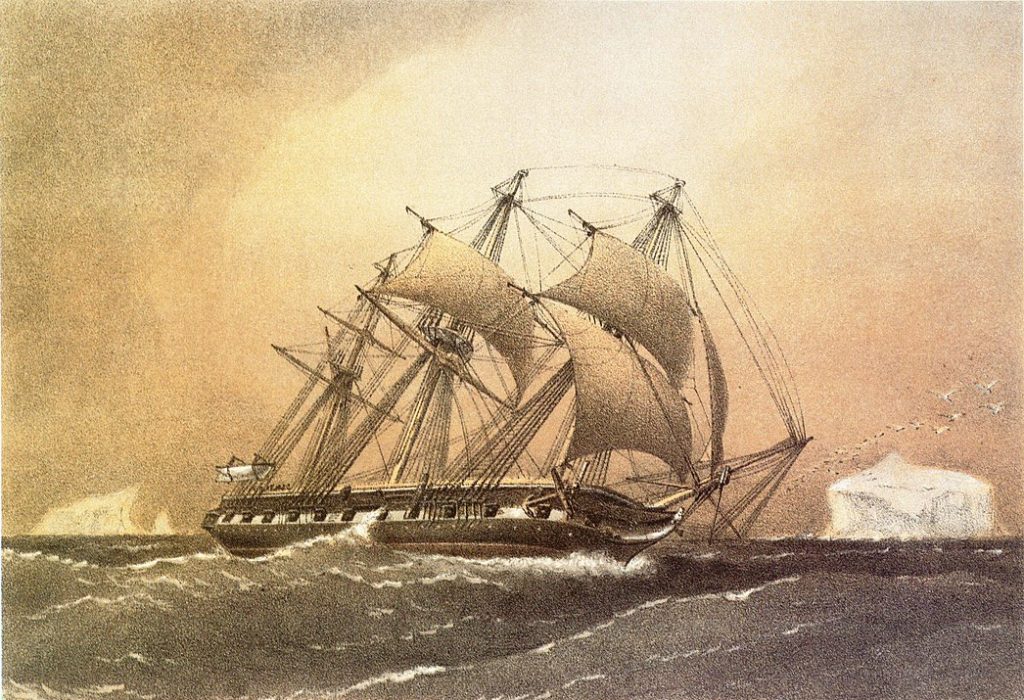Deep-Sea Minerals
An introduction to the discovery, exploration, regulation and technology of deep-sea minerals.
Three main types of mineral resources are being explored in the deep sea: polymetallic nodules, polymetallic sulfides and cobalt-rich ferromanganese crusts.
Polymetallic nodules are potato-sized rock-like accretions rich in nickel, cobalt, manganese, and copper. They’re found scattered on the seafloor, with most exploration activity currently occurring in the Clarion-Clipperton Zone of the Pacific Ocean, at water depths of 4,000-6,000 meters. Collection involves using large robotic vehicles to pick them up from the seafloor. The nodules are then pumped to a surface ship through a long tube called a riser. The minerals are then transported to land for processing and refining.

Polymetallic sulfide deposits form around hydrothermal vents, typically at depths between 1,000 and 4,000 meters. They can be rich in copper, gold, silver, zinc, and other valuable metals. Mining these deposits would involve cutting into the seafloor to remove the mineral-rich structures that have formed around the vents (called chimneys), potentially including subsurface deposits. The extracted material would then be transported to land for processing.

Cobalt-rich ferromanganese crusts are mineral-rich layers which form on the sides and summits of underwater mountains (seamounts), typically at depths of around 400 to over 5,000 meters in areas of significant volcanic activity. They’re particularly abundant in the western Pacific and are rich in cobalt, nickel, manganese, and other metals. Mining would involve cutting and scraping off the mineral crust from the surface of the seamount. The crust thickness can range from 10-25 centimeters. The extracted material would then be transported to land for processing.

This map shows where exploration for these minerals is occurring in the international seabed area:

Credit: International Seabed Authority
How big is the minable area for polymetallic nodules?
When considering the future of nodule collection, it helps to put scale in context.
The ocean covers more than two-thirds of our planet. Within this vast space, the Clarion Clipperton Zone (CCZ), which hosts trillions of polymetallic nodules, occupies 6 million km2, or 1.7% of the ocean floor.
And the maximum potential mineable area? Around 11% of the CCZ is expected to be mineable, which is around 0.18% of the ocean floor, and less than 0.13% of the Earth’s total surface area.

As our name suggests, the Polymetallic Nodules Research Alliance is focused solely on the collection of polymetallic nodules. This is where most exploration efforts are focused. Unlike polymetallic sulfides and cobalt-rich ferromanganese crusts, polymetallic nodules lie loose on the seafloor. This means no cutting is required to extract them.
Learn more about polymetallic nodule exploration

History
The concept of extracting valuable minerals from the ocean floor has a rich history dating back to the late 19th century.

Supply
As we integrate low-carbon technologies in energy systems to meet growing global power needs, minerals are becoming increasingly crucial.

Technology
Various trials conducted over the past few decades have demonstrated that it is technically possible to collect polymetallic nodules.

Regulation
The exploration and potential commercialization of mineral resources falls under the jurisdiction of the International Seabed Authority.
